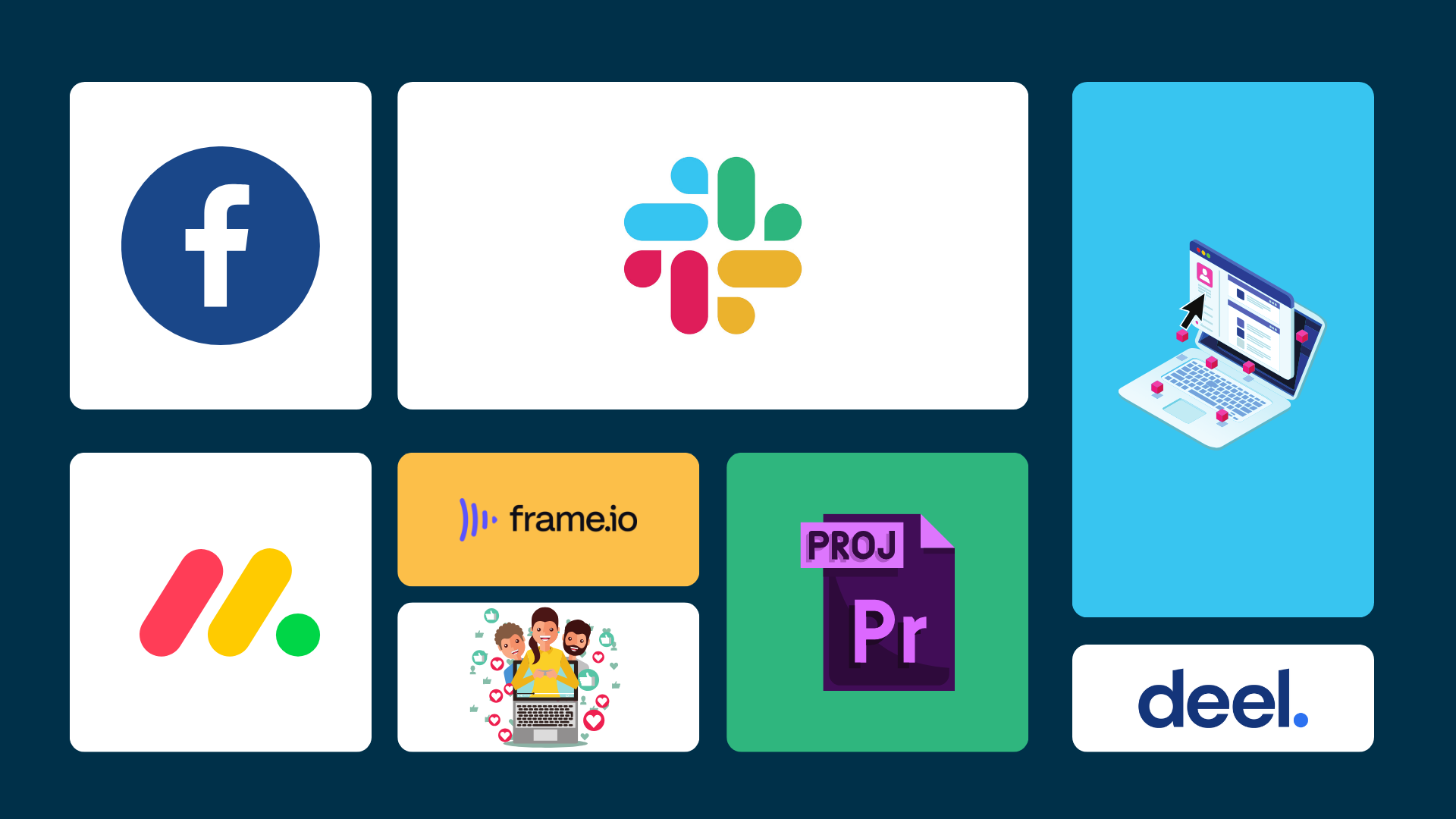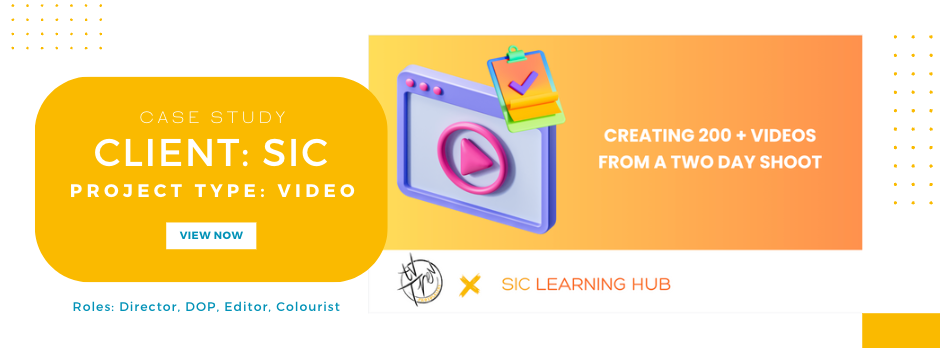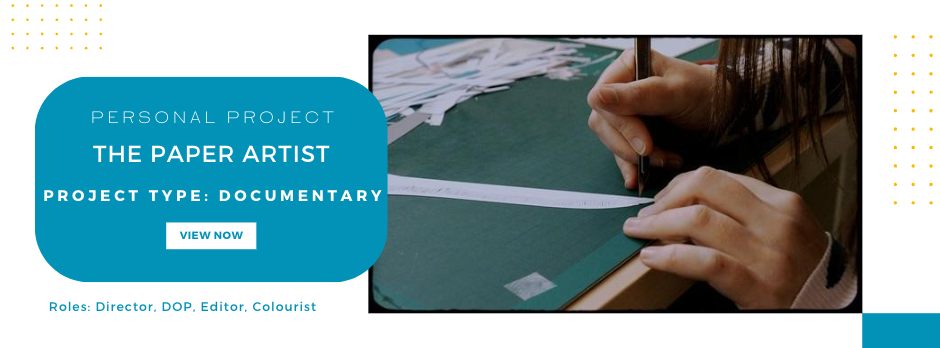Case Study: Editing long-form video into short-form video
Background
As my time at Jellysmack has come to an end I thought I would create a case study that highlights what I did with them and how that experience can apply to any video editing I do in the future.
In a nutshell, Jellysmack helps creators (with high followings) to create more. I was for a time one of their team of freelance editors.
As most creators are only one man bands, they typically stick to one main platform for their content until they have a team around them to create and post to more. Typically this would be the original content platform that is YouTube.
The way Jellysmack helps creators is by taking that long-form content and repurposing it for short-form, based around best practices for those platforms. These platforms included Facebook, Instagram, Snapchat and TikTok. Creators from those platforms could also utilise Jellysmack to create long form content.
Fully remote workflow
Whilst I was there most freelance editors and in fact direct employees had fully remote workflows. This was done through a variety of apps, as well as proprietary Jellysmack technology that they both built and acquired to build into their ecosystem.
This meant that as a freelancer I never had to go into an office, I was able to do it on the side of my (at the time) day job, and create around the hours I wanted. It also meant that Jellysmack's editing supervisors, and other stakeholders could keep track of how edits were coming and ensure high priority creators were being well looked after.
Taking a long-form Youtube video and creating for short-form
Jellysmack is not alone in the practice of taking long-form as a base to create short form video, they are however very methodical in the way that they do it and part of that methodology is realising that not every long form video or creator is the same so different rules needed to be applied.
They created playbooks for each genre, creator, and platform, viewing the creators as what they are...brands.
But at the same time there was a unifying principle that all editors followed which was to create a strong first minute regardless of the type of creator.
This meant that across the board, editors that took on board the Jellysmack training as well as any edit notes from supervisors, became very adept at being able to create strong videos which performed on the creators channels.
What I learned
There are many things that I learned while working for Jellysmack as a freelance editor, some of them technical skills and some of them softer skills. The highlights include:
- Editing to a brief and editing based on BAU practice
- Manufacturing desired emotional responses
- How to create videos with high retention
- Best practice for folder and project structure
- Multiple editing techniques for faster editing
- How to not take critiques personally
The above learnings are some of the most important ones that I've taken on and can apply to future editing jobs.
Knowing how to read and scrutinise a brief to find the information you need to edit is key, and is equally as important as understanding how to edit for a long term client so they don't have to re-brief every time.
As an editor you are able to influence how your viewer reacts to a piece purely by changing how to see it or hear it. Movement, sound design, cuts, captions, music, colour...they all have parts to play in the edit and can make something really dull, super engaging if treated correctly. And if you can capture the viewers attention early on you're more likely to keep them engaged throughout the video.
Organisation is key whatever you're editing, and it saves so much time if you have your folder and project structures set up ready to go. When working with a larger team, this is especially important as you cannot expect the other editors to take on a chaotic edit. And when working on a long term project on your own where you dip in and out, it makes it easy on your brain knowing where to look for footage, sound, or old sequences.
Finally one of the most important things I learned was not to take critiques personally. It's inevitable that your work will need to be amended unless you are an absolute beast with your edits. With that inevitability you need to be able to take the criticism and assess whether it adds to the edit or takes away from the intended purpose. If you are in your feelings about it, then you will miss the chance to be objective and produce your best work. Additionally you won't enjoy the process as much, and it is a process you have to love, and I do.
If you would like to view any examples of Jellysmack edits as part of your consideration of working together, email me with details about the type of videos you create/ want to create and I will be happy to provide some relevant examples.
“Collaborating with Trevor during my tenure as the Editing Supervisor at Jellysmack was a rewarding experience. Trevor stood out as an editing powerhouse. His ability to craft visuals and tell a story through his edits is unparalleled. Plus, he’s got this intuitive grasp of what’s hot on social media. If you want a video editor who nails it every time and stays ahead of the curve, Trevor’s the one. He’s got my seal of approval!”
You may also be interested in….





